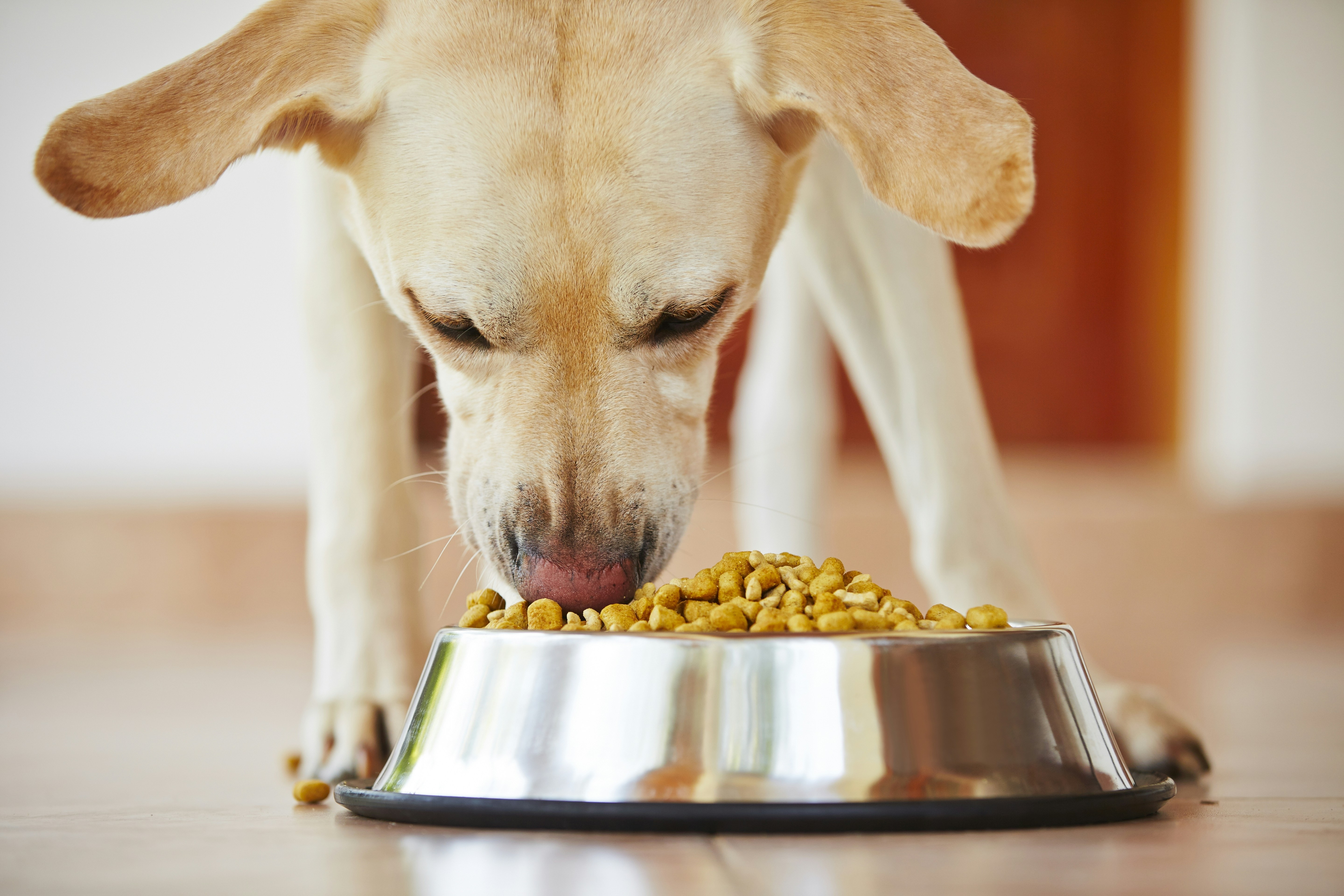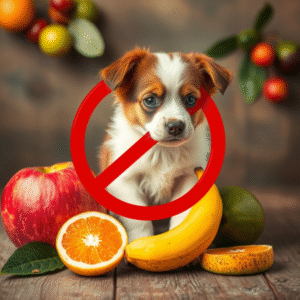Introduction: The Concern of a Dog Not Eating
As a responsible pet owner, observing a sudden change in your dog’s eating habits can evoke concern and anxiety. The refusal to eat may seem like a trivial issue; however, it can signal underlying health problems that merit attention. Dogs, like humans, can experience fluctuations in appetite due to various factors. A decline in food intake is not only a sign of potential distress but also an indicator that the animal may be facing physical or emotional challenges that need to be addressed.
When a dog considers eating a chore rather than a pleasure, it can lead to further complications, including weight loss and nutritional deficiencies. Several factors might contribute to this behavior—ranging from dental issues, gastrointestinal discomfort, to behavioral problems like stress or anxiety. A quick change in environment, the introduction of new family members, or even alterations in a pet’s routine can intricately affect their eating habits.
It is crucial for dog owners to observe and recognize any radical changes in their pet’s appetite. Noticing these signs early allows for timely intervention, which can ultimately lead to more effective and less invasive solutions. Especially within the realm of health, early detection of any issues can make a significant difference. Some dogs may face severe medical conditions that manifest through appetite loss, making it imperative to consult veterinary care when these changes occur.
Therefore, understanding the reasons why your dog is not eating is essential. It encourages proactive measures that not only focus on potential medical diagnoses but also consider everyday situations that could influence a dog’s willingness to eat. By maintaining vigilance and seeking solutions, dog owners can ensure the well-being and health of their furry companions.
Common Reasons Why Dogs Stop Eating
When a dog suddenly refuses to eat, it can be a cause for concern among pet owners. There are several potential reasons for this behavior, ranging from health issues to environmental changes. Understanding these factors is crucial in addressing the problem effectively.
One primary reason dogs may stop eating is due to health problems. Conditions such as dental diseases, gastrointestinal disorders, or infections can lead to a decreased appetite. For example, dental pain may make it difficult for a dog to chew their food, while upset stomach or nausea can result in a loss of interest in meals. If a dog exhibits other symptoms like vomiting, diarrhea, or lethargy, it is advisable to seek veterinary attention promptly.
Changes in the dog’s environment may also trigger a decrease in appetite. Dogs are sensitive creatures, and alterations in their surroundings—such as moving to a new home, the introduction of a new family member, or even changes in the routine—can create stress. This stress may lead to anxiety, causing the dog to refrain from eating. Identifying and mitigating sources of stress can help alleviate this issue.
Another common reason is dietary preferences. Some dogs become picky eaters, often refusing food that they previously enjoyed. This behavior may arise from boredom with their diet or the influence of too many treats. It is beneficial for pet owners to monitor their dog’s eating habits and offer a varied but balanced diet to maintain interest in their meals.
Lastly, emotional factors can play a significant role in a dog’s willingness to eat. Just like humans, dogs can also experience depression or anxiety, which can lead to decreased appetite. Observing your dog’s behavior and noting any changes can provide insight into their emotional state and guide necessary interventions.
Solutions to Encourage Your Dog to Eat Again
If your dog is experiencing a lack of appetite, there are several practical solutions you can implement to help rekindle their interest in food. First and foremost, consider altering their diet. This might include swapping to a different brand of dog food that has a more appealing scent or flavor profile. Pet owners often find that a switch to wet food can make meals more enticing due to its stronger aroma and palatability. Additionally, you can experiment with gradual changes to their diet, ensuring any transition is made smoothly to avoid digestive upset.
Another strategy involves changing your dog’s feeding routine. Many dogs respond positively to set meal times; establishing a consistent schedule can develop a healthy eating habit. By providing food at the same times each day, your dog will learn to anticipate meals. Ensure that any food left uneaten is removed after 15-20 minutes to encourage your dog to eat during designated feeding periods.
Incorporating appetizing food toppers can also stimulate interest in their meals. Simple additions such as low-sodium chicken broth, plain yogurt, or small amounts of cooked meat can elevate the appeal of the existing food. However, it is essential to maintain a balanced nutrition profile, so consult with your veterinarian before introducing new ingredients.
Lastly, engaging in fun interactive feeding practices can motivate your dog to eat. Puzzle toys that dispense food can make mealtime a more enjoyable experience and encourage your dog to eat through play. You might want to monitor your dog’s reaction to different strategies, adjusting based on their preferences.
Each dog is unique, so pet owners should feel empowered to try various approaches to encourage their furry friends to eat again. For further guidance on dog nutrition and health, please explore our related articles on these important topics.
When to Seek Professional Help for Your Dog’s Loss of Appetite
Encountering a situation where your dog is not eating can be concerning and stressful. While some instances of decreased appetite can stem from minor issues, there are specific scenarios that necessitate a visit to the veterinarian. As a responsible pet owner, it is crucial to recognize these situations and act promptly. If your dog’s loss of appetite persists for more than 24 hours, or if accompanied by other symptoms such as vomiting, diarrhea, lethargy, or unusual behavior, a veterinary consultation is advisable. These signs can indicate underlying health problems that require professional evaluation.
Moreover, consider seeking immediate veterinary advice if your dog is a very young puppy, a senior dog, or has existing health conditions. These groups are particularly vulnerable and may face severe consequences from even short periods without food intake. Any sudden changes in eating habits, especially if your dog has been previously healthy, should not be overlooked.
While stress or anxiety can sometimes affect a dog’s appetite, if you notice that changes in the home environment coincide with their reluctance to eat, it may be wise to discuss these factors with your veterinarian. Behavioral changes can signal emotional distress or a medical issue, and a professional’s insight can provide guidance on how best to support your pet.
Lastly, if your dog’s appetite does not improve after dietary changes or interventions you have tried at home, do not hesitate to contact your veterinarian. They can perform necessary diagnostics to determine the cause of the anorexia and recommend appropriate treatment options. Understanding when to seek professional help is vital for your dog’s health and well-being, ensuring they receive the care they need to thrive.



